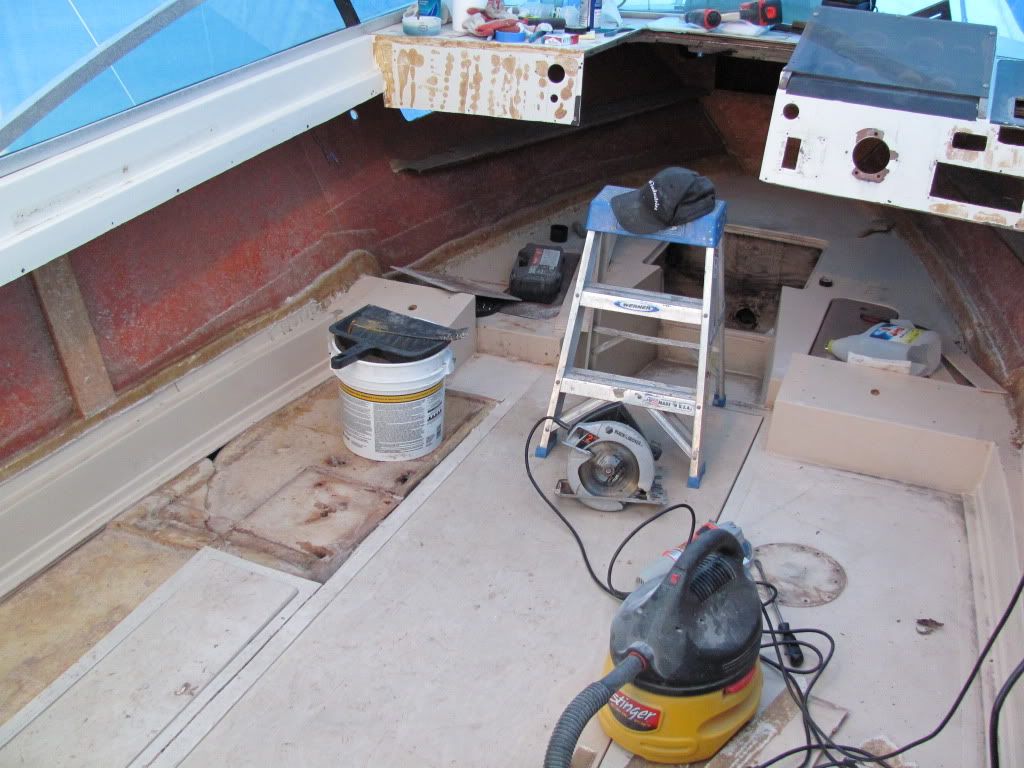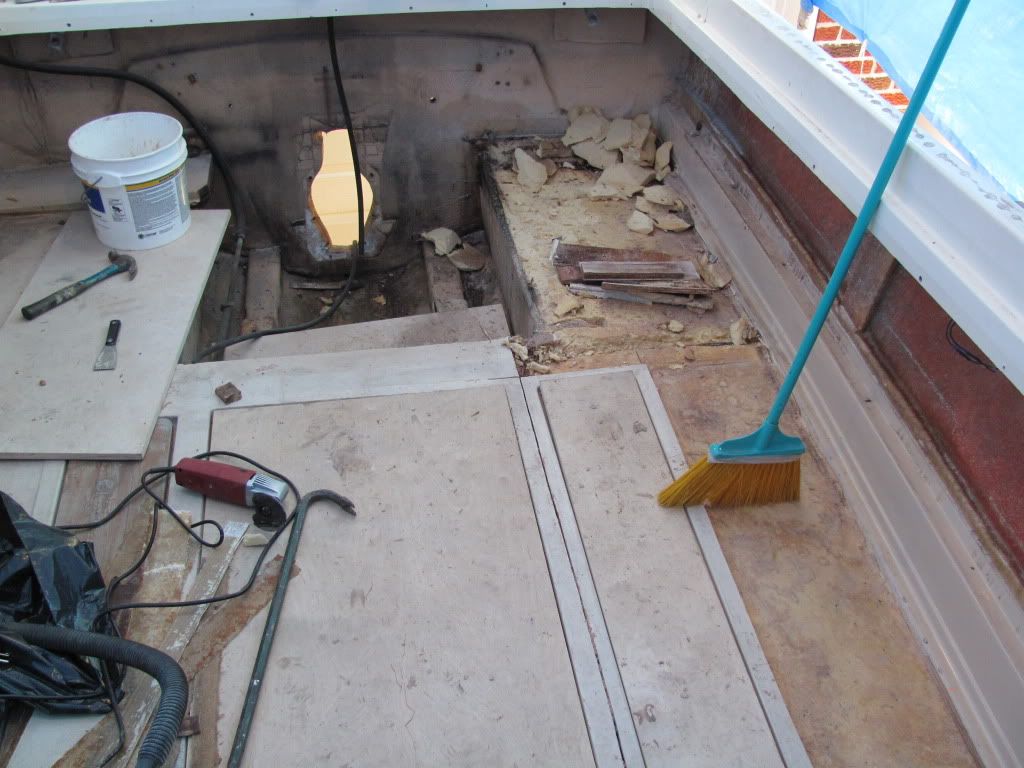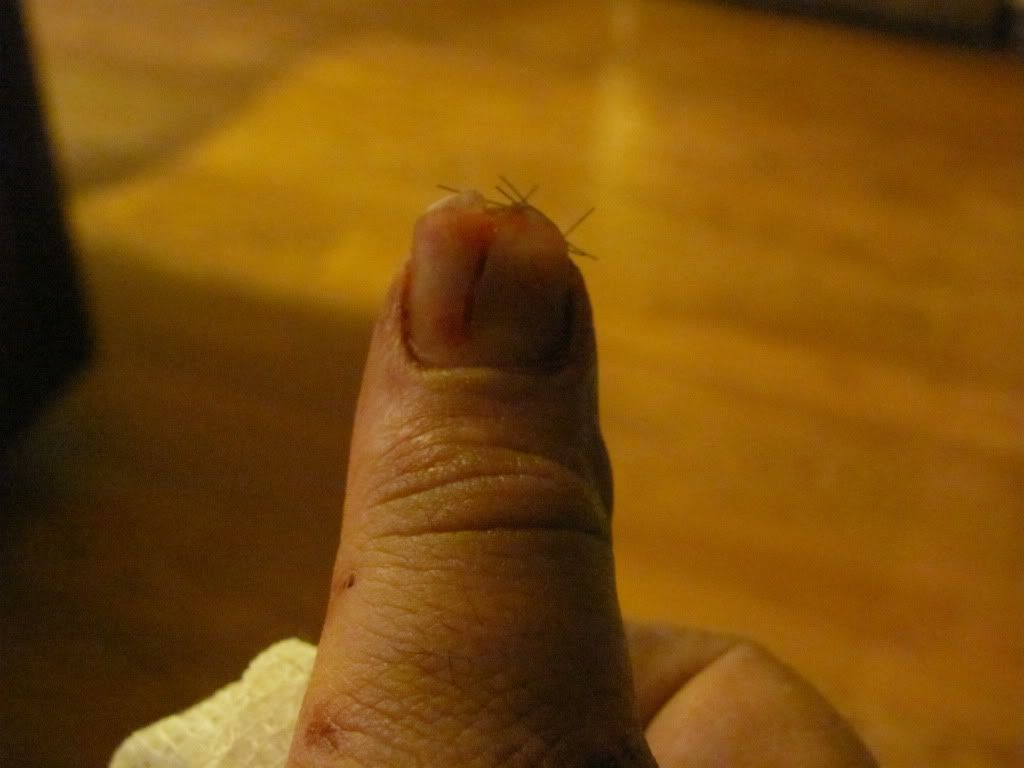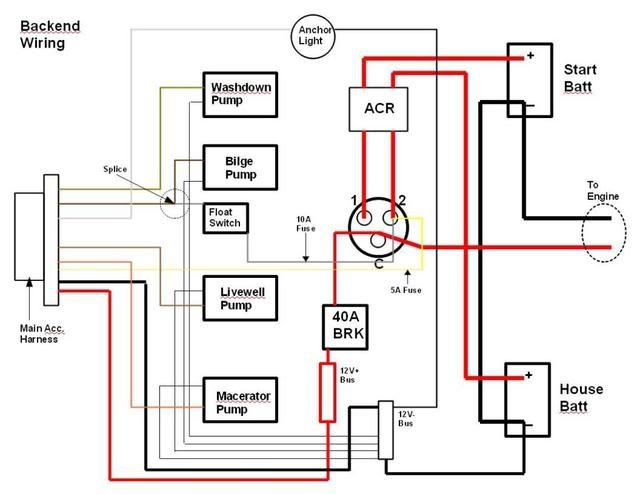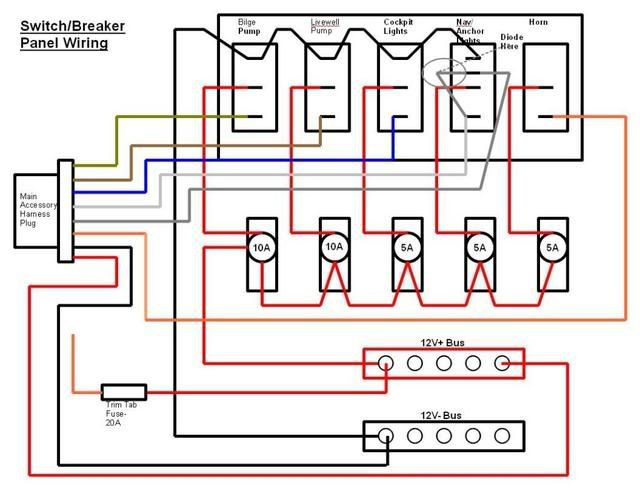I'm am purchasing a 1989 Grady White 228 Seafarer. The boat is in excellent condition, and has been exclusively kept in fresh water. I just had it surveyed. My problem is that the surveyor said that he couldn't see where the steel ring around the fuel filler cap was electrically grounded. This appears to be original factory configuration with no modifications. It was difficult to see up there from the bottom. He said that he can't imagine that it wasn't grounded, since this has been the regulation for a long time, but he couldn't see it. He told me that this would be a major safety concern, due to the possibility of a static electric spark at the time of fueling, causing a fire.
My question is, does anyone know how these things are normally grounded in this boat? What should I do to investigate it further?
Thank You. I'm very eager to get out and use this boat, even though it was snowing today in Michigan for a bit!
My question is, does anyone know how these things are normally grounded in this boat? What should I do to investigate it further?
Thank You. I'm very eager to get out and use this boat, even though it was snowing today in Michigan for a bit!


